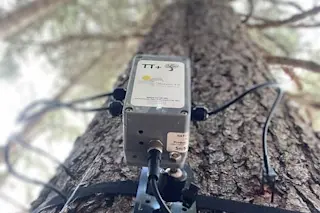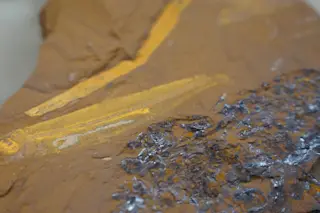Wiping sweat from her face, ecologist Catherine Cardelùs inches her way up a massive tree in the Costa Rican rainforest, pushing aside tangled vines as she climbs through the understory. Her rope disappears into the thick green above. Thirty minutes later, abdominal muscles screaming, she reaches the canopy and swings her leg over a giant branch 110 feet above the ground.
The tree limb she’s straddling is thick with epiphytes — plants that grow on other plants — and they’re the reason she’s come to this dizzying study site at the La Selva Biological Station in northern Costa Rica. Epiphytes, which support many of the canopy’s wildlife and plants in one way or another, live at the interface between the atmosphere and the rainforest. That makes them especially vulnerable to increasing air pollution. Cardelùs, of Colgate University in Hamilton, N.Y., and her longtime co-researcher, Carrie Woods, want to know how ...















